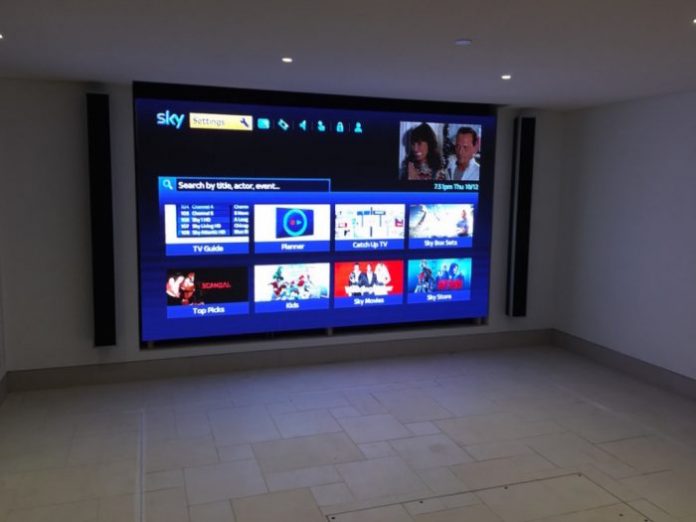
The LED display used the light-emitting diode technology that features a panel of LEDs as a source of light. There is a wide range of devices that use LED display to show their output as a way of interacting with the user.
In the advertisement world, LED displays are now commonly used. This is due to the fact that they are efficient and have low levels of energy consumption. If you are interested in getting a modern LED billboard for your business, get in touch with bibiled.com for the best digital displays.

How do LED displays Work?
As we saw earlier, the LED display consists of LED panels that are made up of light-emitting diodes. These enable the display to give off high-intensity and more brilliant light. Its main advantage over other light-emitting sources is that LEDs are more power efficient.
The LED display is a more advanced version of the LCD that relies on LCD (liquid crystal display) technology. However, compared to the LDC, the LED is more detailed and brighter. The LCD technology functions by using liquid crystal molecules that flow and polarize light. LED displays alter the arrangement of these crystals and thus control how the light is transmitted to generate images.

LED displays consist of small semiconductors that glow when they’re exposed to an electric current. The electric current then flows through the positively charged anodes and the negatively charged cathodes.
LED displays consume about 20-30% less energy than the LCDs.
Common Uses of LED Displays
LEDs have become a part of our daily lives; everywhere you go you will find an eye-catching LED billboard. The rise in popularity can be attributed to the displays being used by marketers as a big part of their marketing campaigns. LED displays are a really cost-effective method of advertising that has so much potential in determining the success of a marketing campaign.
Some common places where LED displays are used include:
i. Churches
ii. Concerts, fairs, and festivals
iii. Sports events
iv. Political rallies
v. Advertising by use of digital billboards, posters, and signs
What are the Pros and Cons of Led Displays
Pros
- They look awesome
- Their design is sleek with a slim display
- Provide quality and bright imagery with a rich range of colors
- Use less power and save a lot of energy
- They’re environmentally friendly and easy to use
Cons
- The initial investment cost is quite high
- Require high expertise during the manufacturing process
- They shift color with time
- Thermal instability is a common fault for white LEDs
- Most people don’t understand how the displays work

Conclusion
The LED displays use an extraordinary technology that makes it possible to produce light efficiently and cheaply. They are used in a wide range of applications such as in digital billboards where traditional vinyl billboards coupled with high-output bulbs would have been used.





